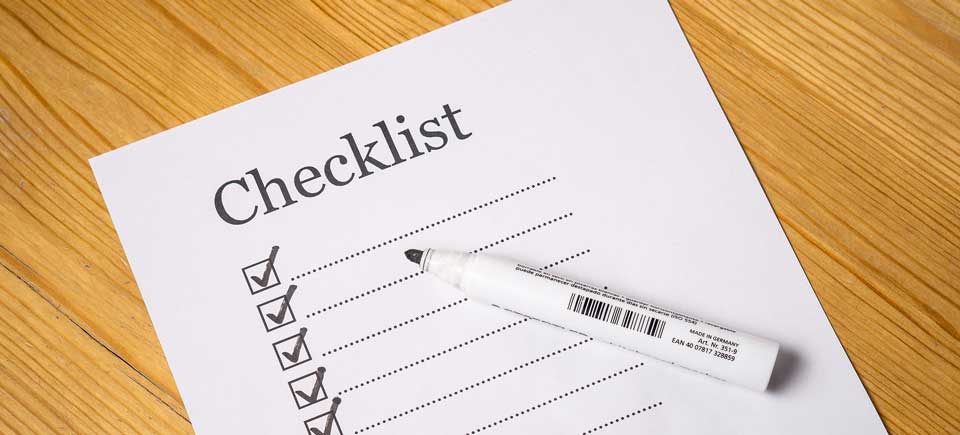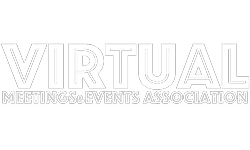Getting to understand your client’s brand and values can be compared to looking at an iceberg. Indeed, there is an upper part above the sea. It represents your partner’s will to get your solution and to reach his objectives. But the lower part, below the sea level, is the most important and is the one you want to discover. Besides your great expertise and know-how concerning events’ organization, you need to explore a brand new field: psychology. Let’s have a look on the 5 steps to follow in order to fully understand your client’s needs.
UNDERSTANDING THE CLIENT’S BEHAVIOR

This might seem a bit didactic, but the first step in order to design a perfect event solution is to understand how does a client think. He contacted your company because he had needs, expectations – and problems.
Let us say that a new client wants to create a booth for an event – the need. He wishes to get new customers – the expectation – and he knows that you have the right solution. The event occurs and the success is not there, although you had provided the best digital and communication tools. Why?
It is essential to understand that clients are not always aware of what they really need. This partner thought he needed a great impressive booth to get more clients, but he might not have the right product/service positioning or the right business communication to do so – the problem. And you will have to fully define these 3 points in order to understand your client’s brand.
PLANNING YOUR MEETING
A common mistake lies in the fact that we tend to provide a solution a client asks for, instead of asking why he needs it. Before getting through an active and deep listening of your client’s needs and objectives, you must plan your own strategy.
Thus, you should make a list of all the information you will need to clearly understand his environment. The goal is to foresee the points that your partner might not even think about. Planning your questions guarantees you to not forget any details in order to create the appropriate solution.
GETTING TO KNOW YOUR CLIENT

Once your questionnaire is ready, you may consider a first meeting. This is the time to observe and to go through the active listening. You have to know everything about your client in order to understand his brand:
- Needs, expectations and problems
- Company: internal organization, history, products, environment, staff, market, resources…
- Objectives, strategies, SWOT analysis
- Reasons he contacted you: for whom, what, where, when, how, why…
CREATING A PERSONAL RELATIONSHIP
In our ever-faster activities, we sometimes forget that our partners are not only opportunities and contracts, but also individuals who have emotions and passions. Getting to know personally your clients may strengthen trust and the wish to cooperate. Thus, you should definitely take time to meet them as often as possible and to put names on voices, in order to favor a potential long-term partnership.
YOUR OWN COGNITIVE BIAS

Assessing that you already have the right solution might be your greatest mistake, especially if your last partnership was a success. Each client needs a tailored solution and you will design it only once you understand his needs, expectations and problems. This is what psychologists call the confirmation bias, or the tendency to interpret and favor our own beliefs and hypotheses. This confirmation bias is exactly what we explained above: the client’s problems. Thus, make sure that you don’t already know what he needs before getting to meet him.









